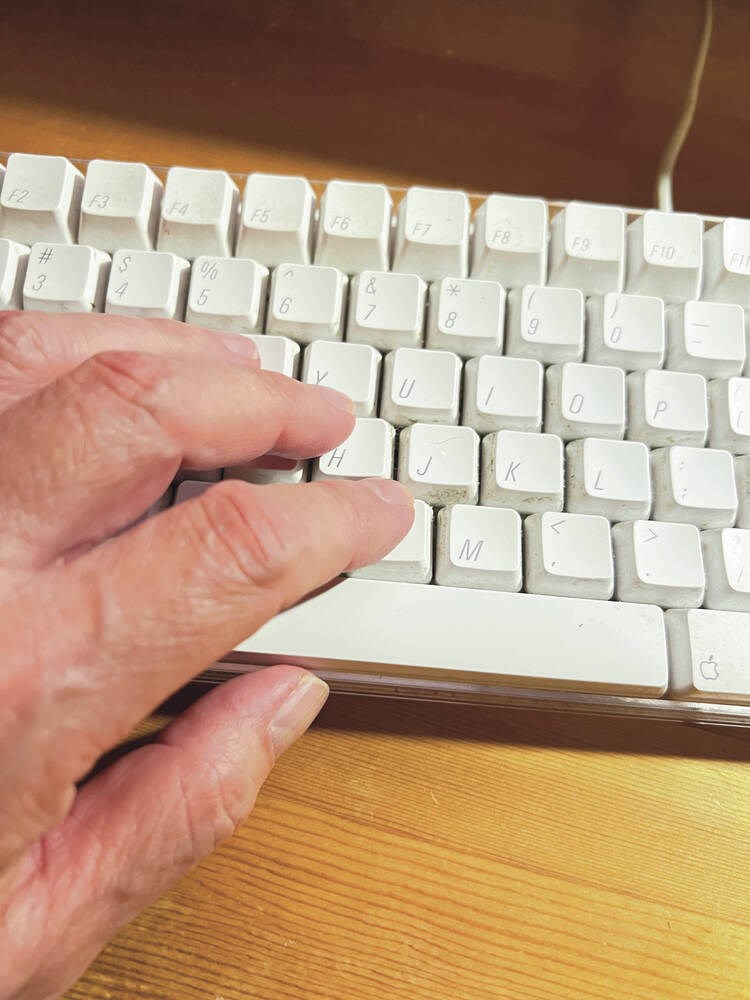It seems likely that we are at some kind of turning point in the interaction between humans and technology and that we will need to rethink what we thought we knew about uses of technology in the classroom.
In the last few years, companies and scholars have started to use artificial intelligence to supercharge specialized work they could never have imagined, designing new molecules with the help of an algorithm or building alien-like spaceship parts.
Overall, though, the K-12 education system, as successful as it is in most countries around the world, has some room for improvement in terms of its ability to employ new technology to foster critical thinking, personalized learning, equitable access to resources, emotional and social intelligence, and exposure to diverse perspectives.
Chris Dede, associate director of research for Harvard’s the National AI Institute for Adult Learning and Online Education says, for example, that AI raises the bar and has the potential to significantly impact learning in powerful ways.
A recent study from Microsoft agrees, pointing out that “Artificial intelligence (AI) gives teachers and schools new ways to understand how students are progressing and allows for highly customized, timely, and targeted curation of content.”
The same report suggests that a significant percentage of teacher time is spent on administrative activities that could be automated using existing technology.
In short, the Microsoft report suggests that the new technology could help teachers reallocate a higher percentage of their time to individualizing activities that support student learning.
Right now, in a classroom with 20 to 30 kids and one teacher, it is almost impossible for the teacher to take into account the individual learning idiosyncrasies of each student and pace of each student. This, at worst, can result in a one-size fits-all approach to teaching.
Thoughtful uses of various forms of AI could remedy that.
But first let’s tackle a few of the emerging anxieties about teachers and kids using AI, especially ChatGPT.
ChatGPT is never going to replace teachers.
Over the years, people have reacted to new classroom technologies by saying they’d replace human teachers. That just hasn’t happened and the examples are numerous.
Remember when handheld calculators were first introduced? That would be the end of kids having to think about math.
Instead, teachers taught kids to use more sophisticated calculators to solve more sophisticated math problems.
Then there was Google. That was, in the eyes of some, going to do away with the need for school libraries and librarians.
Again, that just did not happen.
Kids still need to learn how to find reliable sources of information and the sheer magnitude of information out there means teachers as information guides are more important than ever.
AI chatbots are just the next incoming wave of technology and it will be important for teachers at all levels to meet it head on.
Teachers will need to discuss the ethics of using AI generally and bots like ChatGPT specifically to help kids understand that there are times when it’s OK to give it a try, and there are times when it’s flat out cheating: do not copy answers from ChatGPT and turn them in as your own.
For that matter, a teacher can always just go to an AI bot themselves and type in a question to see what answer it provides, and then check their students’ responses for similarities.
AI bots like ChatGPT can enrich learning by providing wider exposure to diverse perspectives — something the standard curriculum struggles to do by not adequately providing students with the means explore different cultures, histories — even ways of thinking.
For teachers working with senior class academic courses, one advantage that ChatGPT has over Google is that a student can learn to ask followup questions. Students will be able to dig deeper into a topic given that ChatGPT is less linear in its “thinking” than Google tends to be.
Students will also learn that good responses need specifics to back up opinions.
In a New York Times article, Oregon English teacher Kevin Roone advises that banning ChatGPT from the classroom is the wrong move. “Instead,” says Roone, “schools should thoughtfully embrace ChatGPT as a teaching aid — one that could unlock student creativity, offer personalized tutoring, and better prepare students to work alongside A.I. systems as adults.”
This adjustment to an inevitable classroom of the future will not be easy.
Sudden technological shifts rarely are. But who better to guide students into this strange new world than their teachers?
Geoff Johnson is a former superintendent of schools.
>>> To comment on this article, write a letter to the editor: [email protected]



